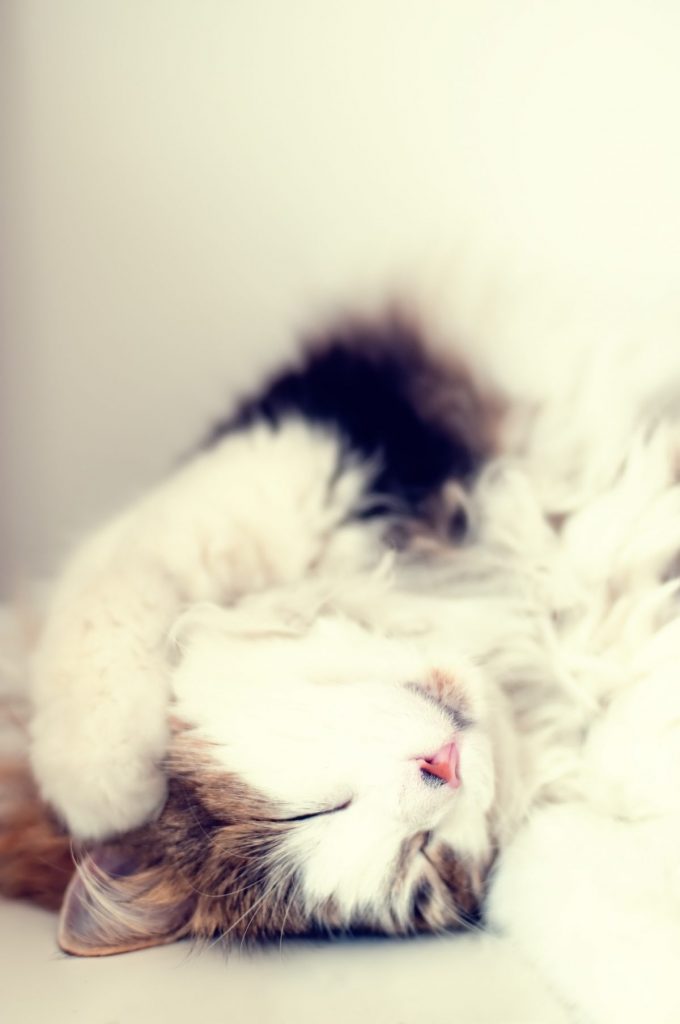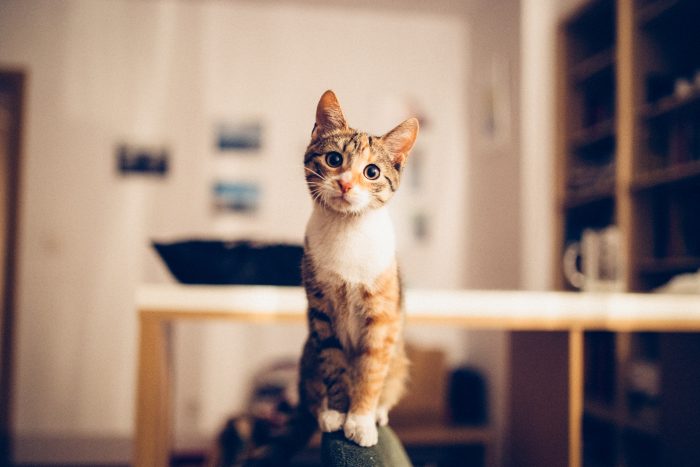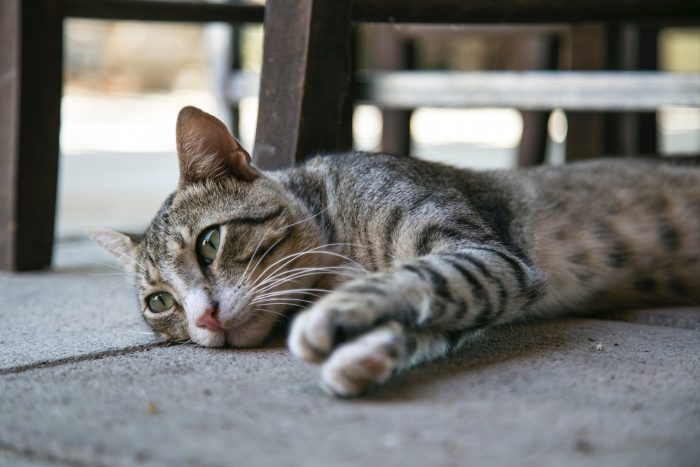Feline epilepsy usually occurs within the first to fourth years of age. Seizures in cats do not occur nearly as frequently as they do in dogs, and are relatively rare occurrences. However, epilepsy is present in any and all cat breeds, which is why it’s important for cat owners to familiarize themselves with the causes, symptoms, and treatments for feline epilepsy.
Causes of Feline Seizures
Feline seizures may occur due to a variety of linked or individual factors. Some of which include kidney disease or liver disorders, brain tumors or damage, ingestion of toxins or certain medications, or blood oxygen and glucose levels that seem abnormal.
If your cat has had any of these conditions previously, make sure to schedule regular check-ups to ensure that they do not worsen over time. It is also important to distinguish whether your cat is being treated for idiopathic or primary epilepsy in order to property treat them.
Symptoms and Warning Signs of Cat Seizures
Cat seizures could be triggered by excitement, but they can also occur when a cat is sleeping. Before seizures, cats sometimes seem restless and frightened or seek affection. They often appear dazed with a focal onset before collapsing.
The seizure begins when your cat begins paddling or kicking the legs, salivating, or involuntarily urinating or defecating. The animal loses consciousness when this happens, and can remain rigid and unresponsive. Seizures can last for over a period of a few minutes to a few hours; longer seizures indicate the need for immediate medical attention.

Severe Versus Mild Cat Seizures: What Should I Do?
In the case of a seizure, it is important to remain calm and lower your cat to the ground in order to prevent injury or falling from a high place, such as a couch or table. If the seizure lasts for over three minutes, or if one occurs right after another, you should call your veterinarian to ask for next steps.
Single, low-intensity seizures do not require immediate attention, but should be addressed by a veterinarian soon afterwards. However, if severe and long, seizures that lasts more than a few minutes could be fatal and it may be necessary for long-term treatment to tend to your pet.
Treating Epilepsy in Cats
Note that the treatment of cat epilepsy is not preventative. The purpose of epilepsy treatment is to reduce the magnitude and frequency of seizures.
The two most commonly used anti-seizure medications for epilepsy treatment are Phenobarbital and Potassium Bromide. Phenobarbital is a first line drug that your veterinarian will suggest if the underlying issue does not seem immediately apparent. However, Potassium Bromide will particularly treat cases in which Phonobarbital does not seem effective, or if liver problems have arisen. There are other drugs that are used to treat epilepsy, but talk to your veterinarian before choosing one to proceed with.
Medication is given orally, and different breeds of cats react differently; veterinarians often recommend different types or use different combinations to fine-tune treatment types after the initial doses. Take note of the pattern of seizures in your cat both pre- and post-medication; this is important because your veterinarian can then figure out whether the treatment is helping or not.

Because feline epilepsy is relatively rare, try to choose a professional who has had firsthand experience with epilepsy in the past. While these services may be more expensive, finding an effective solution to these seizures can save you time and expenses if the right treatment is used earlier.
Make sure that your cat receives a complete physical and neurological examination if a seizure occurs, which may then reveal issues that can be removed, like a growth or tumor. Several trips to a medical professional, like a veterinarian or neurologist may be necessary to track consistencies or inconsistencies in the pattern of your pet’s seizure, or to use different tests and treatments if needed.






